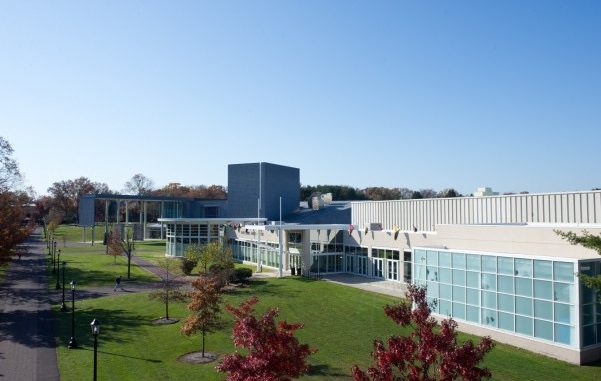
Details
Article by Michael Nieves-Hoblin <minieveshoblin@Ursinus.edu>
Ursinus has always had a core athletic community. As a DIII school, Ursinus attracts student-athletes because of its noteworthy athletic history and the opportunities for athletic participation that the school provides. In 2019, Ursinus admitted about 200 freshman student-athletes, and this number has grown slightly over the years with the class of 2027 admitting around 210 freshman student-athletes according to the hours I spent counting the freshmen rosters provided on the Ursinus Athletics website. In other words, there are a lot of athletes here and, in my opinion, this has created amongst non-student athletes feelings of resentment and animosity towards the sizable student-athlete population.
In addition to athletics, Ursinus has also stood firmly as a school for academics. It is a haven for outcasts and a place that thrives off challenging narratives and shaping the minds of our future intellectuals. Of course, academics and athletics are not mutually exclusive, especially at Ursinus. But, Ursinus is changing. The culture of quirk is shrinking and the individuality that enabled that quirkiness is being challenged. Gone are the days of the beloved banjo-wielding, bowtie-wearing Dean of Faculty, Mark Schneider. In my opinion, the Hannigan administration has furthered a trend of bolstering student athletics at the expense of Ursinus’ other half.
This change understandably stirs anxiety and resentment among many of the non-student athletes who might be intimidated by the constant presence of athletes as well as the further emphasis on their pursuits. I want to show that non-athletes need not fear the new players on campus, but rather, should embrace the discomfort and maybe even learn a thing or two about how to live with each other. We can learn and grow as a community together. I have learned from the sports community that it really is a community. You can’t help but envy the matching attire, endless swag, and the glory of being a student-athlete. It helps me see the value of being a part of a team. Sports teams practice almost every day with games during the week and weekend. All that time working together, sharing the pain of a difficult loss and the ecstasy of a hard-fought victory has to be tremendous for fostering a sense of community. Is this sense of community missing from the non-student athlete population? How can we increase that sense of community as one campus moving forward?
How should we live together? We all have a position to play, student-athlete or not, to be a friendly face on campus, to welcome freshmen, give a nod of acknowledgement to a fellow classmate, and congratulate a win, whether it’s in academics or on the field. Another aspect of that is realistic funding for the humanities. Faculty and students I’ve spoken to feel this area is neglected. I can remember back to a senate meeting in last May where collective groans became audible as the financial projects and donation amounts for student athletics were disclosed. If there is underfunding of the social sciences and humanities at Ursinus and increasing funding towards the athletic facilities in my opinion, it is going to further divide the community until an equitable solution is found.
Some background on myself. I am a second-year Ursinus student, a history major, a transfer, and a member of the class of 2024. Most importantly for this, I am not a student-athlete. I am one of the many faces of the other side of Ursinus, a person who consistently hears amongst peers how unfair non-student athletes have it. I have found myself in a unique position to be able to comment on this phenomenon. In addition to being an observer, I have held many jobs on campus, many of which involved my interaction with every type of Ursinus student, at the C-Store and Jazzman’s. A fascinating amount of interaction with the student-athletes came through my experience at Naturals and as the ‘man behind the camera’ during sports games. Like other students, I have also learned the person behind the jersey in many of my classes.
For many, myself included, that team dynamic is an absent part of our lives. Those who feel animosity or resentment towards the student athletes should reflect on their reasons. Is it because of funding outside of the students control? Or, is the community they foster something that is missing within the other academic populations? It is up to all of us to create a better community for ourselves and to come together as a team, and I believe that is the greatest lesson the non-student athletes could learn. One does not need to play sports to be on a team. I advocate for changing what it means to be on a team. Even if we are not all student-athletes, we all wear the colors red, gold, and black, we have all taken similar classes, eat in the same places, and at the end of the day, we all miss our parents and are trying to graduate. After all, we are all Bears.
